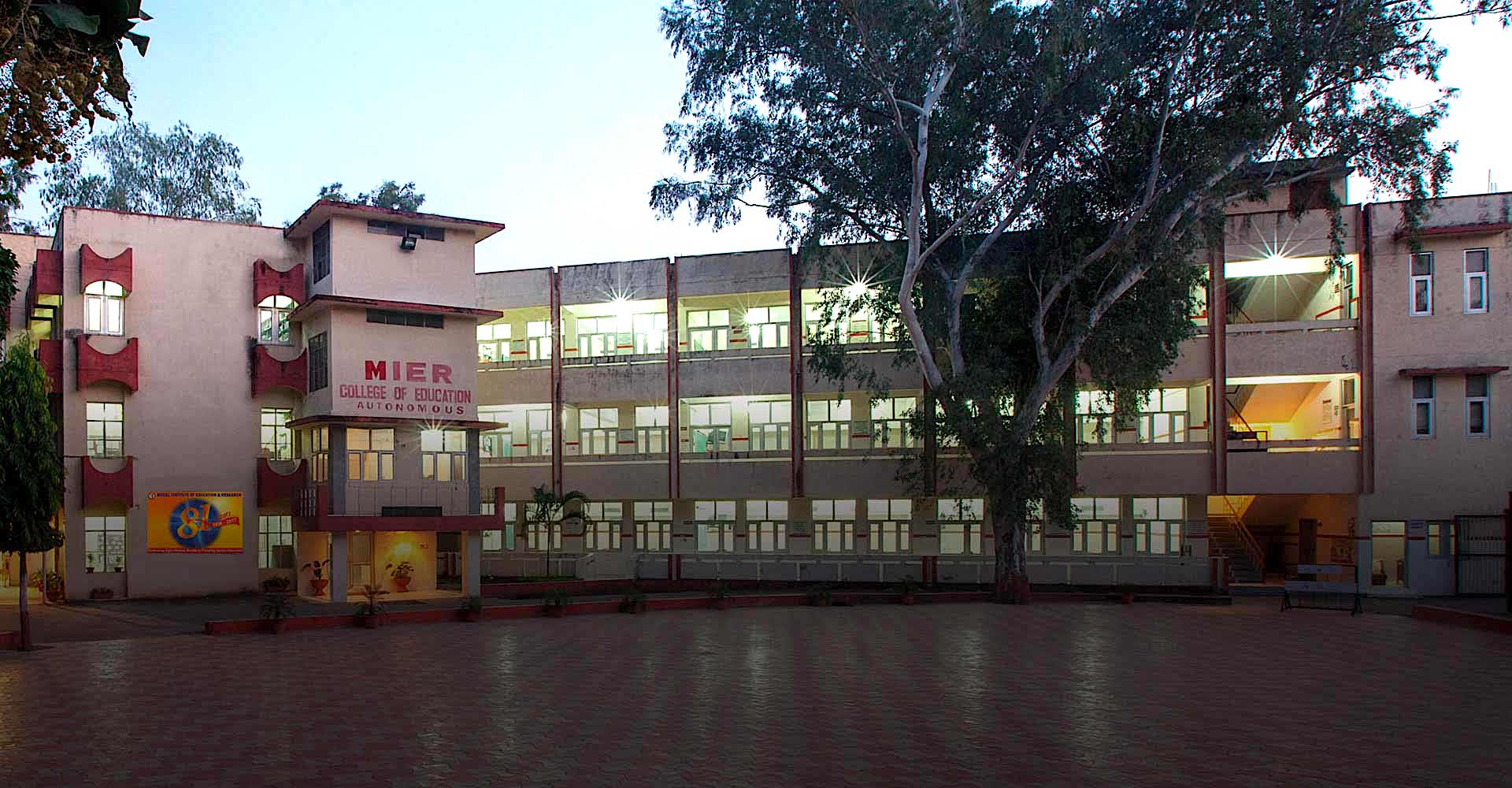Adolescent Girls as Quality Learners: Issues and Concerns- A Study in Higher Secondary Schools of Jammu (J&K)
DOI:
https://doi.org/10.52634/mier/2021/v11/i2/2043Keywords:
Adolescent Girls, Quality Education, Quality LearnersAbstract
The quality of education and its determinants have been a topic of attention since the beginning of formal education. The present paper focuses on the issue of quality education among adolescent girls in the Jammu district (Union Territory of Jammu and Kashmir). Out of five dimensions of quality education given by UNICEF, the first and foremost condition is the need to have ’quality learners’ is taken into consideration. It is an exploratory study based on empirical data gathered from 240 adolescent girls studying in sixteen higher secondary schools of Jammu District. The factors like parents’ education, monthly income of parents, family support, school environment, and good nutrition plays a vital role in making girls quality learners. Results show that cultural norms play an essential role in shaping the personality and choices of adolescent girls.
Downloads
Metrics
Downloads
Published
How to Cite
Issue
Section
License
Copyright (c) 2021 Varsha Kapoor, Vishav Raksha

This work is licensed under a Creative Commons Attribution 4.0 International License.
The articles published in the MIER Journal of Educational Studies, Trends and Practics (MJESTP) are distributed under the terms of the Creative Commons Attribution License (CC BY 4.0), which permits unrestricted use, distribution, and reproduction in any medium, provided the original author and source are credited.
- Copyright on any open access article in the MIER Journal of Educational Studies, Trends and Practics (MJESTP) published by Model Institute of Education and Research (MIER) is retained by the author(s).
- Author(s) grant MIER a license to publish the article and identify himself/herself/themselves as the original publisher.
- Authors also grant any third party the right to use the article freely as long as its integrity is maintained and its original authors, citation details and publisher are identified.
- The Creative Commons Attribution License 4.0 formalizes these and other terms and conditions of publishing articles.
References
Bokova, I. (2015). Empowering adolescent girls and young women through education. A Joint Programme by UNESCO, UN Women, UNFPA and the World Bank, Paris. Retrieved from http://www.youthmetro.org/uploads/4/7/6/5/47654969/un_empowering_adolescent_girls_and_young_women_through_education.pdf
Burney, N. A., & Irfan, M. (1991). Parental characteristics, supply of schools, and child school-enrolment in Pakistan. The Pakistan Development Review, 30(1), 21-62. Retrieved from https://www.jstor.org/stable/41259447
Centre for Development and Population Activities . (2001). Adolescent girls in India: choose a better future: an impact assessment. Retrieved from http://genderlinks.org.za/wpcontent/uploads/imported/articles/attachments/13177_file_blp_report.pdf
Department of Women and Child Development. (1999). Girl child in India: the situational analysis. Retrieved from http://wcd.nic.in/sites/default/files/AR2001-02.pdf
Fernandez, R., & Martinez, A. (2009). The social and economic impact of illiteracy- analytical model and pilot study.
Gyekye, K. (1987). An essay on African philosophical thought. the akan conceptual scheme. Cambridge University Press.
King, E. M. (1990). Educating girls and women: investing in development. Washington DC.
MOSP. (2012). Children in India- 2012: A statistical appraisal report. India: The Ministry of Statistical and Programme Implementation.
Sen, P. (1999). Enhancing women’s choices in responding to domestic violence in Calcutta: a comparison of employment and education. The European Journal of Development Research, 11(2), 65-86. https://doi.org/10.1080/09578819908426739
UNFPA. (2004). UNFPA state of the world population 2004: the Cairo consensus at ten: population, reproductive health and global effort to end poverty. Retrieved from https://www.unfpa.org/publications/state-world-population-2004
UNICEF. (2000). Defining quality . Retrieved from https://www.worldcat.org/title/defining-quality-in-education-a-paper-presented-by-unicef-at-a-meeting-of-the-international-working-group-on-education-florence-italy-june-2000/oclc/163823757
UNICEF. (2011). The state of the world’s children. Retrieved from https://www.unicef.org/reports/state-worlds-children-2011





















